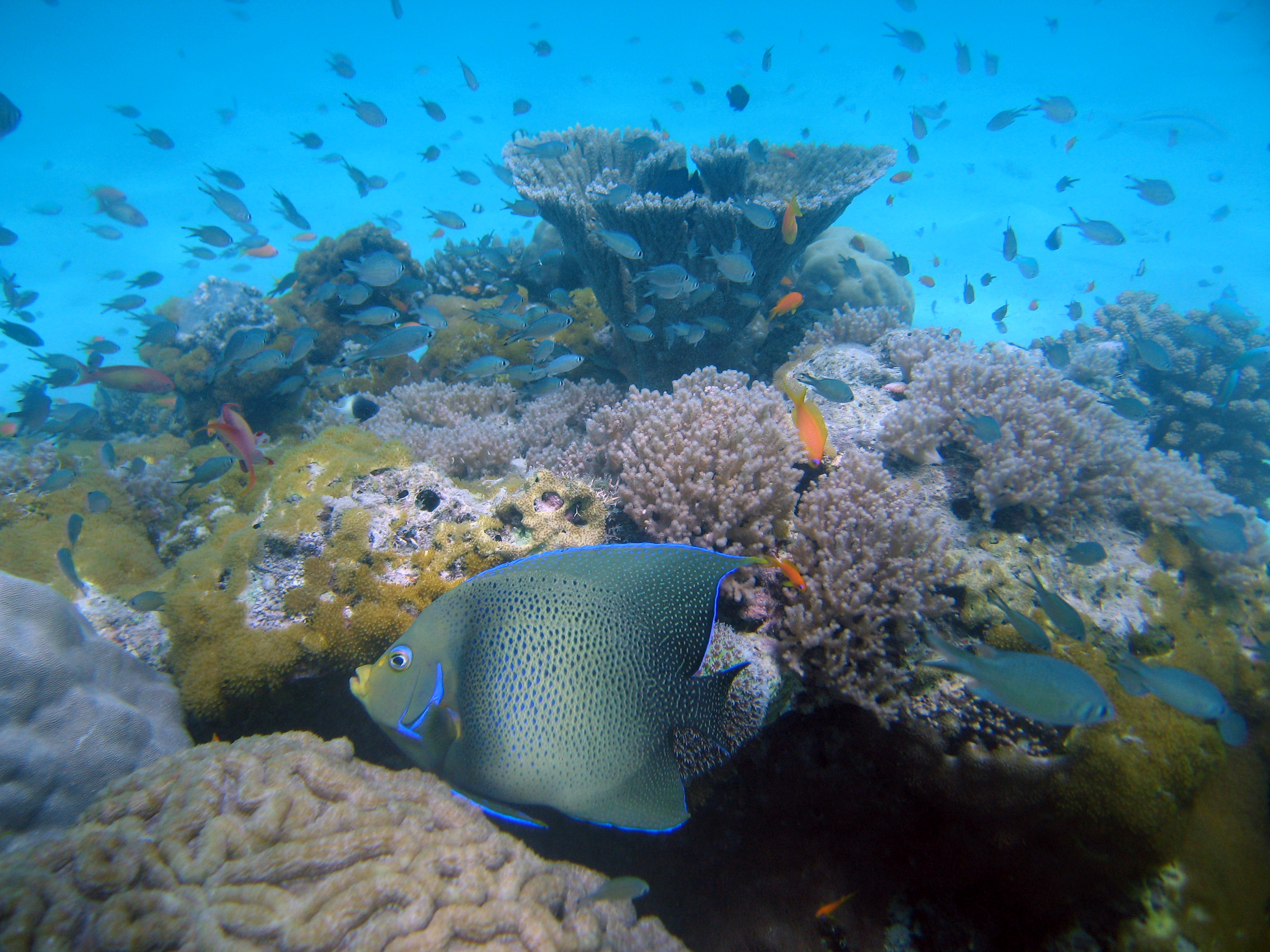ACT - Volume 9 Issue 2
Using Science for Marine Protected Area Management in Kenya
By Jennifer O’Leary and Arthur Tuda
Kenya is renowned for the terrestrial wildlife in its national parks and sanctuaries. Lesser known, but equally impressive, are the biodiverse coral reefs along the country’s long coastline in the Western Indian Ocean. Globally, and in Kenya, coral reefs are threatened by climate change, pollution and overfishing, and often a combination of factors. But, Kenya was one of the earliest nations to establish marine protected areas (MPAs) to protect this valuable resource.
MPAs are viewed as among the best strategies to conserve coral reefs and to help maintain benefits to people. MPAs are expected to restore ecosystems (especially through fully protected “no-fishing” areas), and to improve socioeconomic conditions by increasing revenues through ecotourism and fish spill over from MPAs to fished reefs. In the Western Indian Ocean, considerable efforts have been made over the past two decades in establishing MPAs, and there are more than 70 individual sites over which some form of management exists. The management of MPAs is a rigorous, science-based endeavour demanding the attention of governments and NGOs alike. The Kenya Wildlife Service (KWS) manages five national marine parks and reserves (Kiunga, Malindi, Watamu, Mombasa and Kisite). However, management is often limited by lack of access or understanding of scientific findings that can guide management decisions.
A new program in Strategic Adaptive Management (SAM) has been developed to train MPA managers to use a proactive, science-based approach to management. SAM began as a pilot program in a single MPA in Kenya and has now been nationally endorsed as the MPA management strategy in Kenya and Tanzania. The program is run collaboratively between the Kenya Wildlife Service, the Tanzanian Marine Parks Authority, the Western Indian Ocean Marine Science Association, and California Polytechnic State University.
|
Healthy coral reef system at Kisite Marine Park, Kenya. Photo credit: Jennifer O'Leary |
SAM continues to prepare MPA managers to: 1) translate broad MPA goals to measurable objectives, 2) evaluate data to inform progress towards objectives and identify data gaps, 3) establish a data-sharing protocol between agencies, 4) assess MPA staff capacity, 5) train staff in marine management and basic social science and ecology, 6) collect basic social and ecological data to help fill data gaps and to keep MPA staff aware of conditions, 7) determine critical baselines for healthy MPA systems and thresholds at which management action should be taken, 8) understand how to use data to assess when management actions are needed and how successful actions that are taken have been, 9) develop strategies to integrate stakeholders into the MPA management and monitoring process, and finally, 10) apply the SAM approach across a suite of national MPAs.
Based on new information rangers have collected through the SAM program, MPA managers have initiated several key management actions. MPA rangers are working with stakeholders to remove enormous amounts of plastic trash from MPA beaches and reefs, increase patrols of sea turtle nesting grounds leading to reduced poaching, and working with fishermen to establish monitoring and coral restoration efforts in fished reefs adjacent to MPAs. These fishermen also assisted managers to tag fish in the MPAs to evaluate spill over to fished reefs. In Kenya and Tanzania, SAM has transformed the role of MPA staff - from guards preventing violations to conservationists actively managing reefs.
Jennifer O’Leary is a faculty member at California Polytechnic University and California Sea Grant Agent. Arthur Tuda is a Kenya Wildlife Service official.
